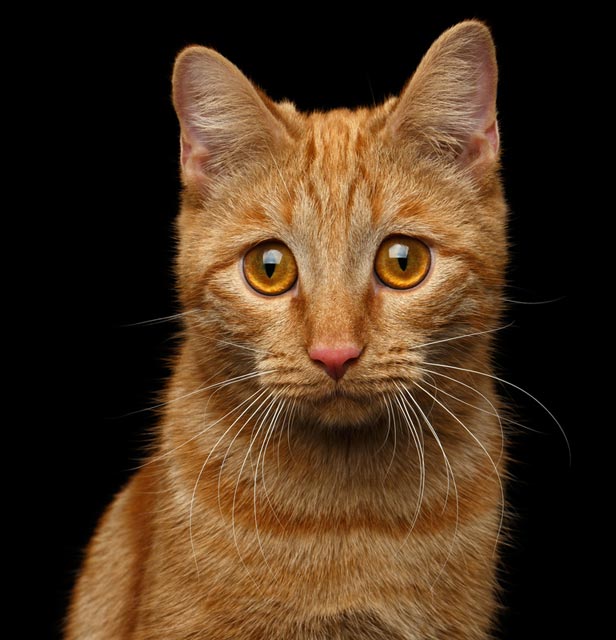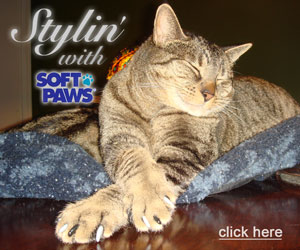Bad Cat Behaviors Caused by Declawing

Declaw surgeries are widely performed in the US, to remove cats' claws and decrease damage to people and belongings from scratching. A declaw surgery involves amputating each of a cat's toes up to the first joint, to remove the claw, which grows out of the end of the last toe bone.
This surgery is painful and results in many short-term negative side effects, including infection, regrowth of abnormal claws through the skin, and breaking open of the incision sites. Additionally, over time, a cat can develop some behaviors that humans dislike as a direct result of the surgery. Recently, researchers compared declawed and non-declawed cats and found an increase in evidence of back pain as well as the following behavior changes (Nicole K Martell-Moran, 2017).
Inappropriate Elimination
Cats that are declawed experience pain when they dig at the litter in their box before and after they eliminate. They can associate that pain with the box and look for more comfortable spots to urinate and defecate, usually on something soft like carpet or clothing.
Aggression
Cats that are declawed are more likely to bite other cats and humans and act nervous and high-strung. Researchers feel this is because cats' claws are a big defense for them, and being without them leaves them stressed about being able to defend themselves. Therefore, they may be more quick to use their teeth or to be aggressive, in a "get them before they get me" attitude.
Barbering of Fur
When some cats are stressed, they may begin over-grooming themselves. Barbering is when a cat's fur is broken from being licked at or bitten by the cat, and in this study, it was seen more often in declawed cats than in those with claws.
Alternatives to Declawing Cats
If your cat is scratching inappropriate items in your home and you are considering declawing him, please reconsider. You can teach him not to scratch items in your home by providing scratching posts that are made to have maximum attraction to cats, decreasing the attractiveness of other items for scratching by spraying them with Feliway or citrus spray, and using Feliway diffusers around your home to decrease stress.
References
- Nicole K Martell-Moran, M. S. (2017, May 23). Pain and adverse behavior in declawed cats. Retrieved from Journal of Feline Medicine and Surgery.
You May Also Like These Articles:
Walk Through a Declaw Surgery with a Kitten
Why Your Cat Needs a Good Scratching Post

